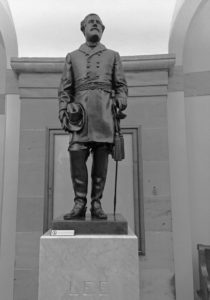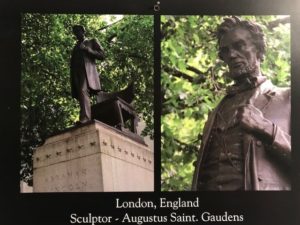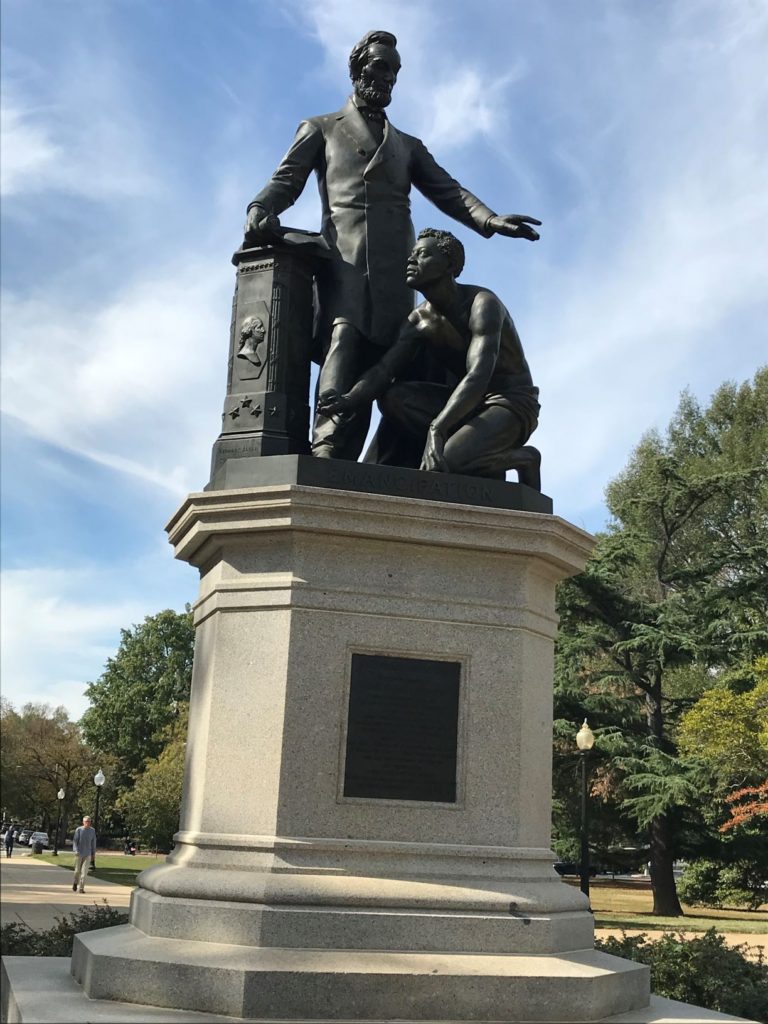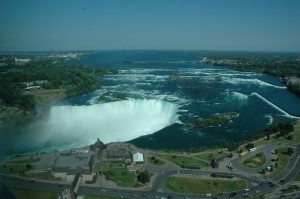Well, this shouldn’t take long.
Normally I catalogue all the traveling I did over the past year. Like everyone else in 2020, I experienced a case of travelus interruptus due to the ongoing COVID-19 pandemic. To say that put a damper on my travel intentions is an understatement. Most of the world won’t even let Americans cross their borders right now (how’s that for irony). Even crossing state lines is a challenge with several instituting significant barriers to visitors.
So this is how I planned for the year to go:
You’re off to Great Places!
Today is your day!
Your mountain is waiting,
So…get on your way!
(compliments of Dr. Suess: Oh, The Places You’ll Go!)
Instead, my traveling year looked like this:

Notwithstanding the allure of my kitchen, which my bathroom scale says I’ve been spending way too much time in, my original plan had included a significant amount of travel in 2020. There were to be several Lincoln-related road trips: Illinois, New England, Upstate New York/Ohio, and California. Then there would be the annual four-day Lincoln Forum and commemoration ceremony in Gettysburg. That doesn’t even count the semi-monthly forays into downtown Washington DC for Lincoln Group of DC dinner/lectures and book study group. Nor does it count the “local” trips into Richmond and other spots in Pennsylvania. None of that happened.
I had also planned a road trip through the central U.S. to visit the remaining contiguous states I hadn’t seen yet. That didn’t happen either.
More far-flung plans were to finally get to the Middle East, in particular Israel, Petra, and the Egyptian Pyramids. There also was the idea of visiting the Galapagos Islands and Machu Picchu. Didn’t happen.
So what did I do this year, travel-wise?
Well, I did make one road trip. Around the first year anniversary of my father’s passing and the 4th of July I drove to New England to see my mother, and as it turns out, my brother and his wife who had unexpectedly moved nearby a few weeks before. I figured there was a small window prior to COVID infections getting much worse (which turned out to be true), so squeezed in the visit not long before Massachusetts cracked down on a mandatory 14-day quarantine, later to include mandatory negative test results (and now likely, vaccination). It was the only trip I made the entire year.
To keep myself busy, and at least somewhat sane, I read more than I planned. I summarized the 90 books I read in 2020 on my Hot White Snow website. I also read a lot of Abraham Lincoln books, which I’ve documented here. Click on my Goodreads link to follow my reading travels.
Beyond that I participated in dozens of Zoom webinars and interactive presentations. My Lincoln Group of DC lectures and book study group meetings all shifted to Zoom. I gave a few presentations myself via Zoom, and have another scheduled in a couple of weeks. Many of the events worked out well enough virtually, but I know we’ll all be ready to see each other in person when safe to do so.
I also took advantage of my 2020 calendar, which features photos by David Wiegers of Abraham Lincoln statues placed all over the world. For each month I would talk about the statue of that month, but also reminisce about my own time visiting the location, or in some cases, future plans if I hadn’t already been there. What started on a whim turned out to be an interesting way to travel back in time to 12 foreign locations where the people thought honoring Lincoln was a good idea. I enjoyed the ability to travel, at least in a sense, through those posts. You can see the December post and a recap with links to all the other posts here.
Not surprisingly, I’m not even going to try to preview 2021 travel. As vaccines slowly make it out to most Americans (and overseas), I’m working on the assumption that even road trips will be curtailed at least until summer. For now it’s wait and watch. When the timing is right I’ll be ready to get back out into the world. Hopefully you’ll join me.
P.S. Check out my “A Year in the Writing Life” annual post. It has some big news, which is yet another reason I don’t expect to travel until next summer. 2021 should be a much better year!
David J. Kent is an avid science traveler and the author of Lincoln: The Man Who Saved America, in Barnes and Noble stores now. His previous books include Tesla: The Wizard of Electricity and Edison: The Inventor of the Modern World and two specialty e-books: Nikola Tesla: Renewable Energy Ahead of Its Time and Abraham Lincoln and Nikola Tesla: Connected by Fate.
Check out my Goodreads author page. While you’re at it, “Like” my Facebook author page for more updates!



 Given COVID, the election, the post-election, and everything else that happened this year, it should come as no surprise that my Abraham Lincoln book acquisition pattern was different that in previous years. While last year I had a big jump in the number of new Lincoln books I acquired (
Given COVID, the election, the post-election, and everything else that happened this year, it should come as no surprise that my Abraham Lincoln book acquisition pattern was different that in previous years. While last year I had a big jump in the number of new Lincoln books I acquired ( Virginians woke up Monday morning, December 21, 2020, to the
Virginians woke up Monday morning, December 21, 2020, to the  Well, we’ve made it through the year of the David Wiegers calendar and Lincoln has come full circle, arriving in London, UK. In January we started in Edinburgh, which as part of Scotland may or may not continue to be part of the United Kingdom post-Brexit.
Well, we’ve made it through the year of the David Wiegers calendar and Lincoln has come full circle, arriving in London, UK. In January we started in Edinburgh, which as part of Scotland may or may not continue to be part of the United Kingdom post-Brexit. As I continue to explore “
As I continue to explore “
 [This is Part 2.
[This is Part 2.  Abraham Lincoln was fascinated by science and technology. In his personal life he sought to improve his knowledge, studying not only the law but Euclid geometry, astronomy, and various forms of technology-driven improvement. As President he was often the first man inventors (and hucksters) would seek out with their new devices. He even had a patent, the first and only President ever to receive one. But perhaps the best way to highlight Lincoln’s way of thinking would be to examine the incredulous response to a question from his law partner, William Herndon.
Abraham Lincoln was fascinated by science and technology. In his personal life he sought to improve his knowledge, studying not only the law but Euclid geometry, astronomy, and various forms of technology-driven improvement. As President he was often the first man inventors (and hucksters) would seek out with their new devices. He even had a patent, the first and only President ever to receive one. But perhaps the best way to highlight Lincoln’s way of thinking would be to examine the incredulous response to a question from his law partner, William Herndon.






